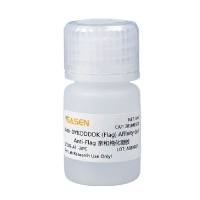The methods discussed in this chapter were the first pulsed-field gel electrophoresis (PFGE) methods developed. As a curiosity, in the first publications, PFGE stood for pulsed-field gradient gel electrophoresis (1 ). However, later it was recognized that field gradients or inhomogeneous fields were not necessary to separate large DNA fragments, and nowadays, PFGE is generally used to mean pulsed-field gel electrophoresis, i.e., all kinds of methods involving switching (pulsing) of fields to separate large DNAs. The two configurations discussed here are the original PFGE version with point electrodes and a later version using continuous electrodes (2 ) (see Fig. 1 ). In the latter pub lication, the abbreviation OFAGE was introduced, which stands for orthogonal field-alternating gel electrophoresis. Since both versions create approximately orthogonal fields, OFAGE is now often, and will be in this chapter, used for either version. Both versions result in double inhomogeneous fields, and their electrode configurations are shown in Fig. 1 . (Initially, also a configuration with only one inhomogeneous field was used, but that will not be discussed here, since it was not used in later studies [3 ]). As in all PFGE techniques, two different fields are generated by switching the voltage between two different sets of electrodes. Each time one configuration is on, that is called a pulse, thus pulsed field.






